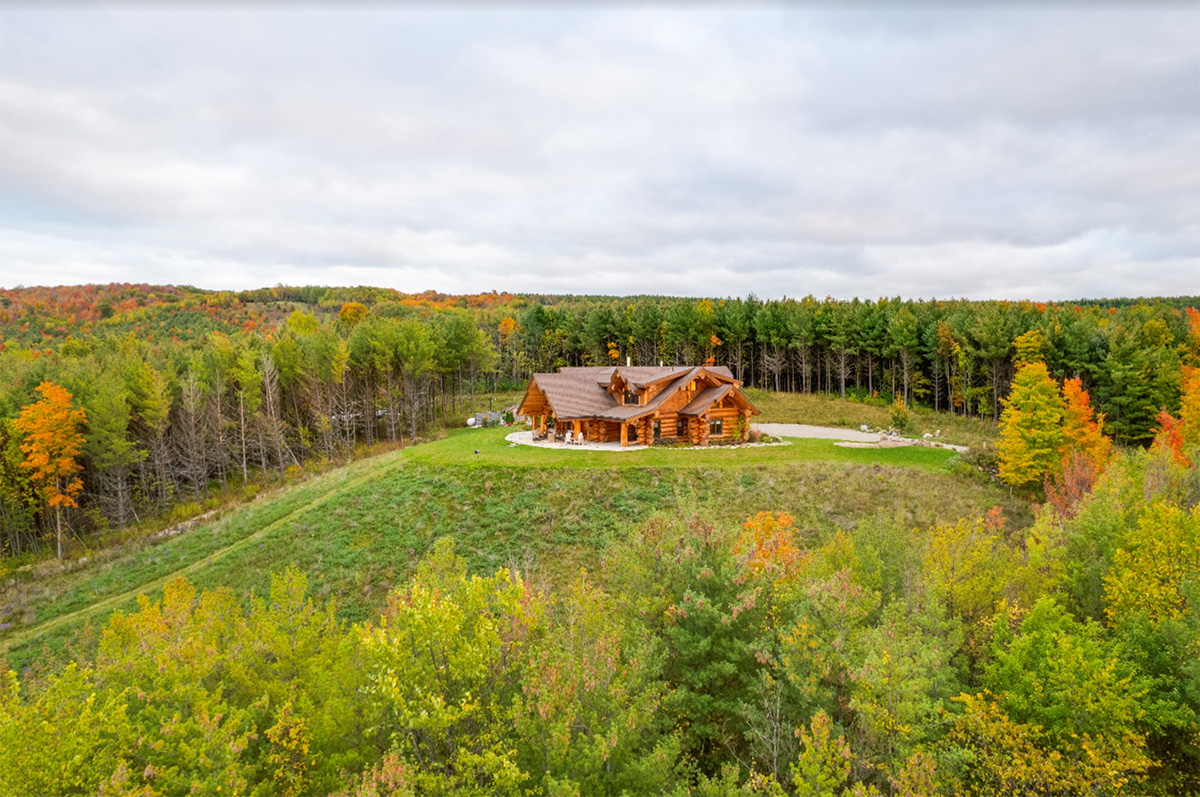In order to be considered the Best Log Home Builders on Earth, the mentality of perfection must be incorporated into each and every detail of one’s log homes. One of the most important elements in terms of a log home’s longevity is the type of notch or log joinery used. Pioneer’s unique notch system is fundamentally sound, negating drawbacks of more traditional log joinery styles, and is additionally aesthetically pleasing and distinct.
Many traditional log home joinery styles overlook the tendency for logs to continue shrinking once a log home is set. As the logs shrink in diameter, rather than one dimensionally, the notches must be engineered perfectly to accommodate for such shrinkage. Traditional notches such as the Scandinavian notch, the round notch and the dove tail do not accommodate for this shrinkage; these styles result in gaps forming between the logs, creating a need for caulking and chinking as well as inviting unwanted pests into the home.
Pioneer’s unique log joinery accommodates for log shrinkage and actually tightens as the logs continue to shrink. This results in a custom log home that is structurally sound with tight fitting logs and no need for caulking or chinking.
Our uniqueness doesn’t stop there. Our notch also contains only downward sloping cuts, eliminating potential for water pooling. The saddle notch, with its round cuts creates many problems with pooling water and eventually leads to rotting logs, creating an unsound log home structure.
Despite the fact that we’ve created a notch system that is superior to all others, we continue to innovate and modify our joinery to improve and stay ahead of the competition. Since Pioneer’s development and introduction of this unique log joinery system, many have attempted to copy the style. Our log size, character, species, and end finishing techniques continue to create an aesthetic uniqueness that separates our custom log homes from all others; however, we truly believe imitation is the sincerest form of flattery.




